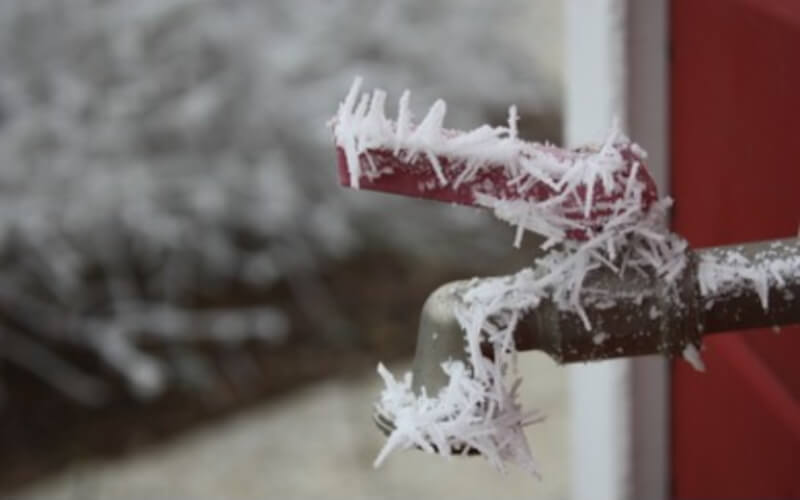Canada can experience some pretty harsh weather, including icy temperatures. Over the course of the winter season, temperatures can drop very low, causing an overnight freeze. This can leave your home’s pipes exposed to freezing. Read on to learn more about how to prevent damage, and just in case, how to thaw frozen water pipes.
The Problem
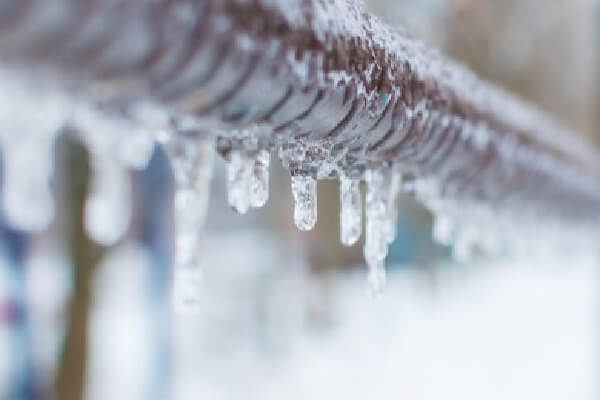
When water freezes it expands and nothing can stop it. Not only does this leave you at risk of no water in your home, but it also leaves your home’s pipes at risk of bursting. Exterior pipes (think swimming pools or outdoor fridges), and interior pipes that aren’t heated or insulated (think basement pipes and pipes against an exterior wall) are most prone to freezing.
How to Prevent
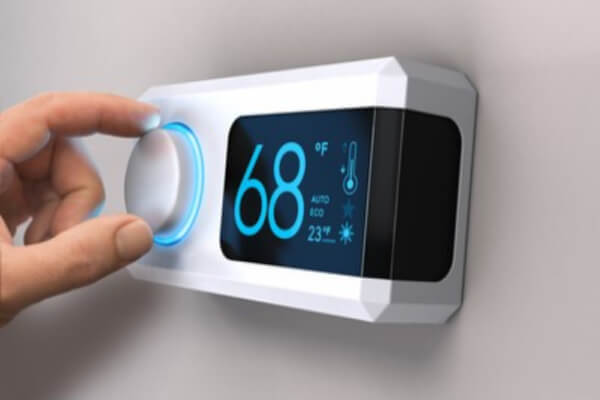
For exterior pipes, it’s best to drain the lines prior to the winter season to prevent any freezing. This can include hiring a pro to drain your swimming pool, sprinkler lines, and outdoor plumbing. If you are tackling these DIYs, be sure to check the manufacturing booklet on how to winterize properly. While it may be tempting to pour antifreeze down all your pipes and call it a day, this won’t always protect them and can actually be harmful to the environment.
Interior pipes require different methods, as you can’t drain your main water line and cut off water to your home. For interior pipes that are located in your basement, alongside exterior walls, or are prone to freezing you can add insulation or invest in pipe covers to help keep the pipes warm regardless of the temperature. If these methods don’t solve the problem or protect against extreme temperatures, you may have to hire a plumber to relocate the pipes to a warmer area.
During extremely cold weather snaps are sure to keep your home heated. If you are going away, make sure your thermostat is set to no lower than 55 degrees Fahrenheit. Even though you may want to save on your heating bill, the cost to repair a frozen or burst pipe is much more. If you are anticipating colder temperatures, you can run a slow drip of water through your pipes. The constant movement of water can prevent it from freezing.
How to Thaw
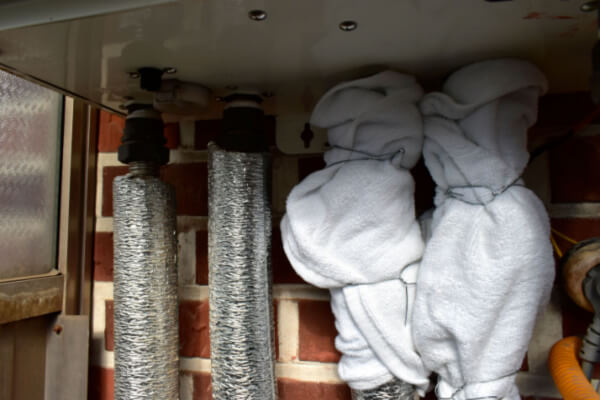
In the event that your pipes do freeze, you can try these pipe-freezing hacks to thaw them. You should be able to tell when your pipes are frozen as water won’t run through them. If you have access to the frozen pipes, you can try to defrost the pipe by exposing the pipe to heat. This can include hot towels, heat tape, an electric blow dryer, or even using a space heater in the area. You will know that your pipes are thawed once your water pressure returns to normal.
Tip: Keep your faucets open while trying to defrost your pipes. As the water melts, allowing it to flow through the pipes will help melt the rest of it.
If you are unable to successfully or safely thaw your pipes, get connected with a licensed plumber right away. They have the equipment and knowledge to fix frozen pipes.
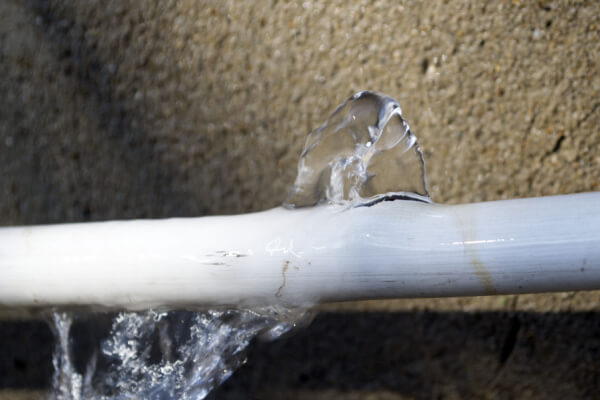
Prior to the winter season, or any extreme cold weather, be sure to properly winterize your exterior pipes, and protect your interior pipes from freezing. If you’re unsure your pipes need to be protected or need help winterizing your exterior pipes, get connected with a local, verified Pro on HomeStars.com today.
